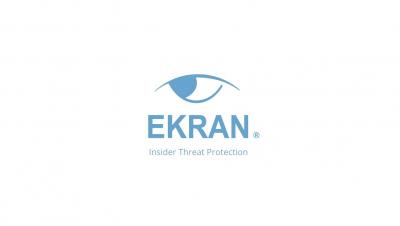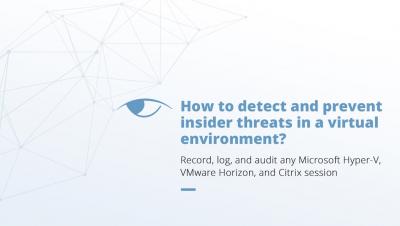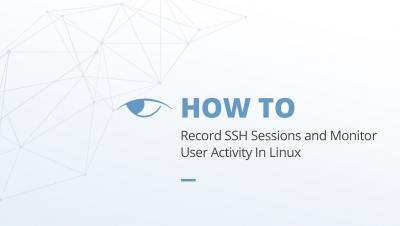Security | Threat Detection | Cyberattacks | DevSecOps | Compliance
Ekran
Insider Data Theft: Definition, Common Scenarios, and Prevention Tips
People tend to trust those they work with: employees, business partners, subcontractors. But these people, who have access to all kinds of corporate data, don’t always prove worthy of such trust. Insider data theft statistics show that one in four employees won’t think twice before stealing sensitive data from their current company if it will help them sign a contract with a competitor.
How to Monitor Employees at Work: 7 Best Practices
With the number of insider-related breaches rising every year, employee monitoring is becoming a common practice. Modern employee monitoring solutions help businesses track their employees’ productivity and work attendance, minimize administrative work, and enhance cybersecurity. In this article, we discuss why you should monitor your office staff, list the benefits and shortcomings of doing so, and explore best practices for monitoring your employees efficiently yet respectfully.
Remote Employee Monitoring: How to Make Remote Work Effective and Secure
Cybersecurity specialists treat remote employees as a threat, and they’re right to do so. However, remote work isn’t a temporary trend — it’s here to stay. Between 2017 and 2018, 36 million (or 25%) of US employees sometimes worked at home according to the US Bureau of Labor Statistics. For lots of specialists, the ability to work outside the office is an important benefit when choosing an employer.
How to record, log and audit any Microsoft Hyper-V, VMware Horizon, and Citrix session with EKRAN
Privileged Password Policy Compliance Overview: NIST 800-63, HIPAA, PCI DSS, GDPR
Privileged passwords should be used wisely. These credentials, also called secrets, provide a user with access to protected accounts, systems, networking hardware, cloud instances, and applications. Since privileged accounts also have elevated permissions, passwords to these accounts are often targeted by cybercriminals. In fact, weak, reused, and compromised passwords are the cause of 81% of all data breaches according to the Verizon 2019 Data Breach Investigations Report.
The Importance of Third-Party Vendor Risk Management for the Banking Industry
Today’s banks and financial institutions closely cooperate with various third-party vendors. While such cooperation brings a lot of benefits, it also raises some significant concerns regarding the security of the data and resources these vendors have access to. In fact, according to Verizon’s 2019 Data Breach Investigations Report, the financial sector is among the most targeted, accounting for about 10% of all data breaches across all industries in 2018.







